Feb 13, 2025
Author:Amanda Lyu
Training your dog is crucial for their health and happiness, as well as your peace of mind. Here are some key areas to focus on:
Training your dog to come when called is crucial for their safety.Here's how to do it:
· Start Indoors: Begin in a quiet, indoor space with minimal distractions.
· Use a Command: Choose a command like Come and use it consistently.
· Positive Reinforcement: Call your dog with the command, and when they come to you, reward them with treats and praise.
· Practice: Gradually increase the distance and practice in various environments, both indoors and outdoors.You can start by calling your dog from the hallway, then move to the backyard, and eventually try it at a park.
For Example: If you're training a Labrador puppy, you can start by calling them from one side of the living room. When they respond and come to you, give them a treat and lots of praise. Perform this exercise multiple times a day, slowly extending the distance each time.
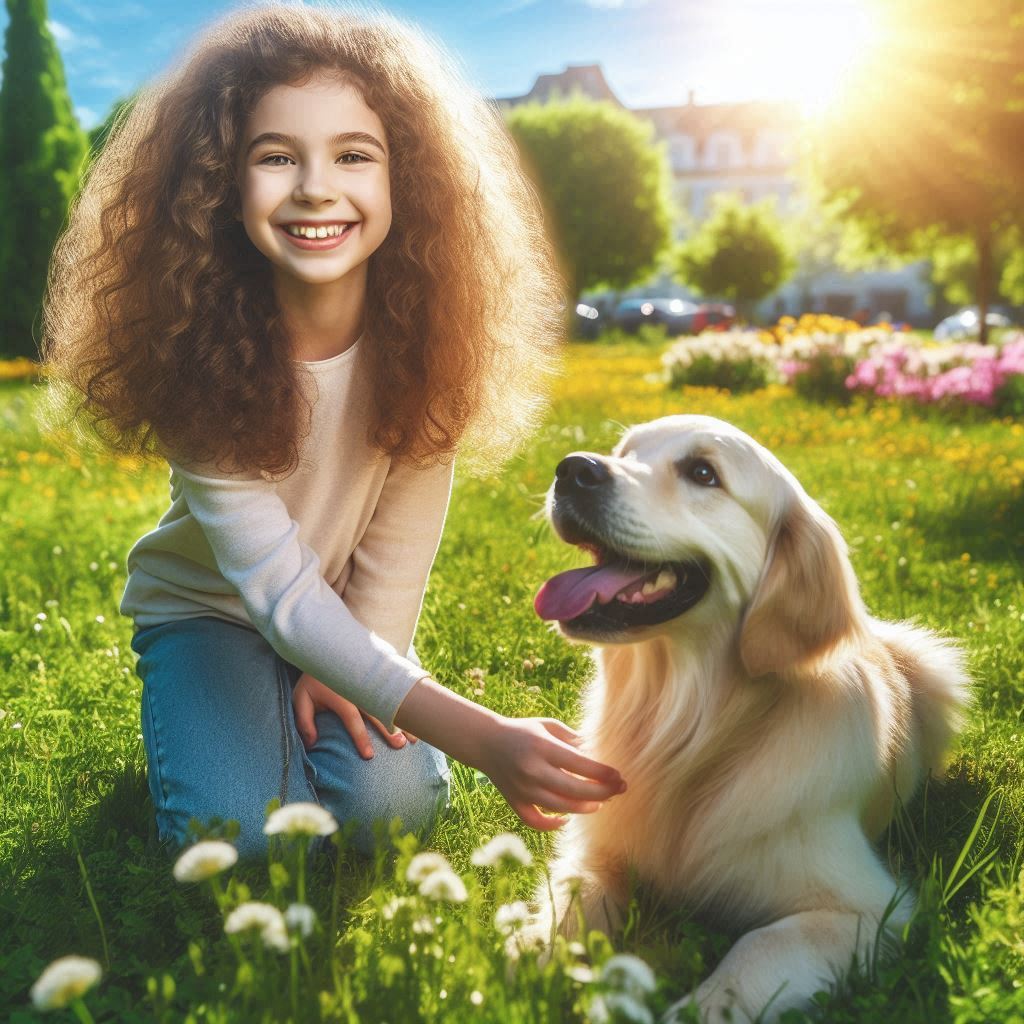
Toilet training requires patience and consistency. Here's a step-by-step guide:
· Establish a Routine: Take your dog outside regularly, especially after meals and naps. For example, take your puppy out first thing in the morning, after each meal, and before bedtime.
· Choose a Spot: Designate a specific spot in your yard for them to go. Always take them to this spot to help them associate it with going potty.
· Use a Command: Use a command like 'Go potty' to signal it's time. Say this command each time you take them to the designated spot.
· Reward: Immediately reward your dog with treats and praise as soon as they finish. For instance, when your dog finishes their business, give them a treat and say, 'Good job'!
· Watch for Signs: Keep an eye on your dog for signs they need to go, like sniffing or circling. Take them outside immediately when you notice these behaviors.
For Example: If you have a Beagle puppy, take them to the same spot in the yard every time they need to go potty. Use the command 'Go potty' and reward them with a treat and praise as soon as they finish. Consistency is key.
Training a hunting dog requires specialized techniques. Here's how to get started:
· Basic Obedience: Ensure your dog has mastered basic commands like sit, stay, and come. Start with obedience training before introducing hunting-specific tasks.
· Exposure: Introduce your dog to the hunting environment gradually, including exposure to gunfire and different terrains. Begin training in a controlled setting and progressively introduce more challenging scenarios.
· Retrieve Training: Use retrieving exercises with training dummies to develop their fetching skills. Start with short distances and progressively extend them.
· Consistency: Consistently practice and remain patient, as hunting training requires time. Reinforce desired behaviors with positive rewards.
For Example: If you're training a Golden Retriever for hunting, start with basic obedience commands like 'sit' and 'stay'. Once they master these, introduce retrieving exercises with a training dummy in your backyard. Gradually expose them to different terrains and sounds, like gunfire, in a controlled environment.
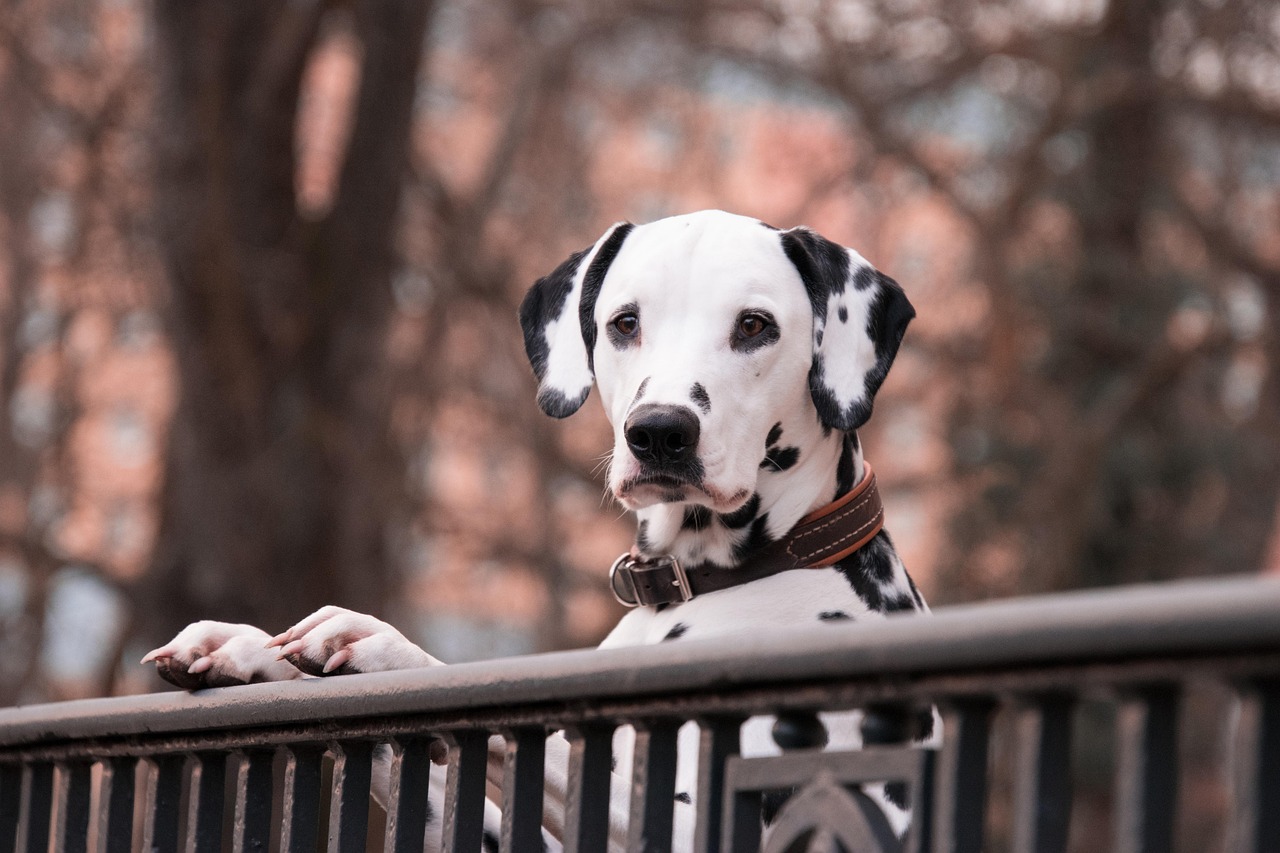
Using a crate can create a secure and cozy environment for your dog. Here's how to do it:
· Select the Appropriate Crate: Pick a crate that fits your dog properly, allowing them to stand up, turn around, and lie down with ease.
· Introduce the Crate: Make the crate inviting by placing a soft blanket and toys inside. Keep the crate door open and let your dog investigate it independently.
· Gradual Introduction: Start by leaving the crate door open and allowing your dog to explore it on their own. Encourage your dog to enter the crate by using treats as incentives.
· Use Positive Reinforcement: Encourage your dog to enter the crate using treats and praise. Praise and treat them each time they enter the crate.
· Start with brief crate sessions and gradually extend the duration. For instance, begin with 5-minute sessions and incrementally extend to 30 minutes or longer.
For Example: If you have a Border Collie puppy, place a cozy blanket and some of their favorite toys in the crate. Keep the door open and allow your dog to explore the crate independently. Use treats to motivate them to enter, gradually extending the time they spend inside.
Leash training ensures safe and enjoyable walks. Here's how to train your dog:
· Choose the Right Equipment: Use a comfortable collar or harness and a sturdy leash. Ensure the collar or harness fits properly and is not too tight or too loose.
· Introduce the Leash: Let your dog get used to wearing the leash indoors. Attach the leash to their collar and let them drag it around the house for a short time.
· Start Gradually: Begin with short walks in a quiet area. As your dog becomes more comfortable, slowly increase the distance.
· Use Positive Reinforcement: Reward your dog with treats and praise for walking calmly by your side. Use treats to encourage and reinforce good behavior.
· Consistency is Key: Maintain regular training sessions and practice consistently. Keep a calm and positive demeanor during walks to help your dog feel comfortable and secure.
You can start training your puppy as early as 7-8 weeks old. At this age, they are like little sponges, ready to absorb new experiences and learn basic commands. Early training focuses on socialization, basic obedience commands, and establishing good habits. Keep training sessions brief and enjoyable to maintain your dog's interest.
By following these guidelines and incorporating examples, you can effectively train your dog and strengthen your bond.
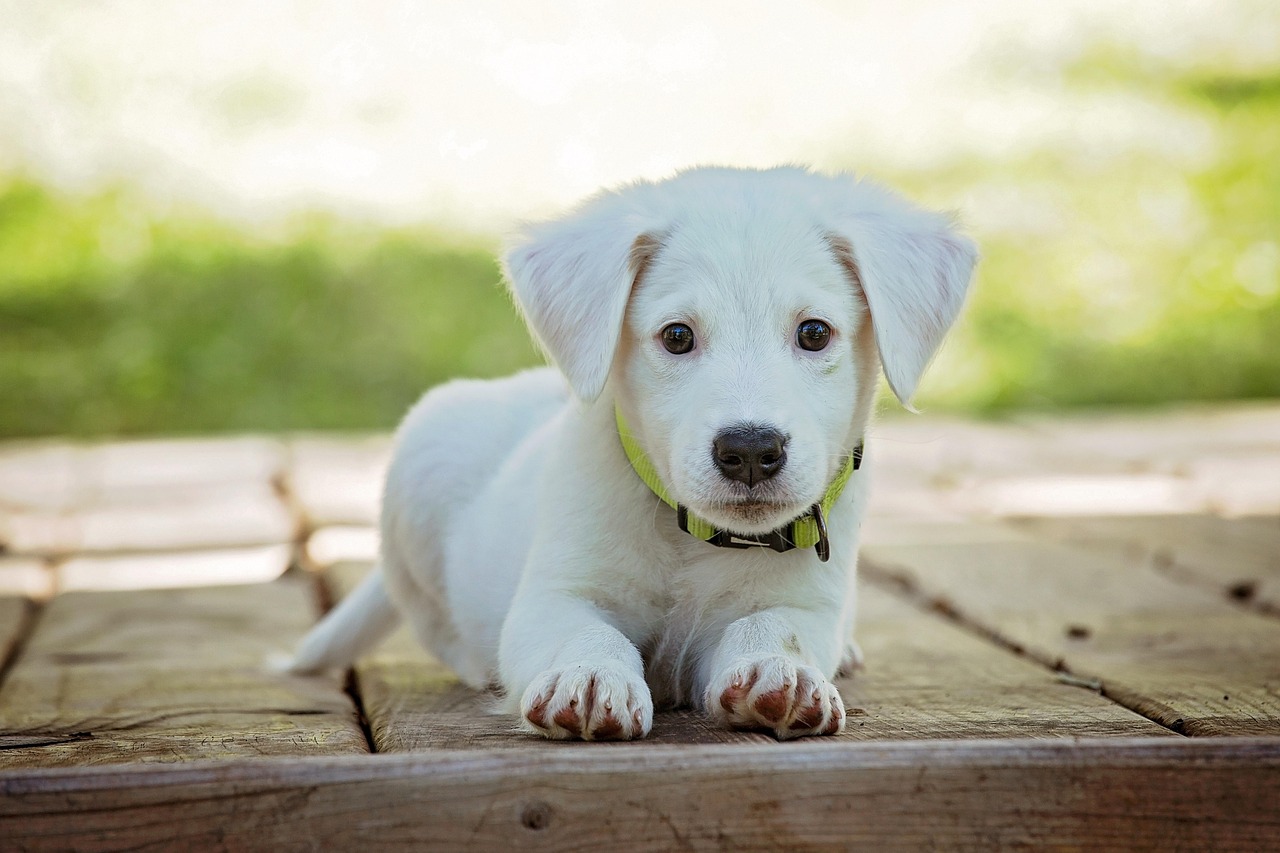
A: The duration of training depends on various factors, including the dog's age, breed, and temperament, as well as the consistency of training sessions. Some dogs may learn basic commands within a few weeks, while others may take several months. Patience and regular practice are essential.
A: .If your dog isn't responding to training, consider uating your training methods. Ensure you're using positive reinforcement and not punishing your dog. Training should be fun and rewarding. If you're still facing difficulties, consult a professional dog trainer for personalized advice.
A: Yes, older dogs can be trained. While puppies may learn more quickly, adult and senior dogs are capable of learning new commands and behaviors. The key is to be patient and consistent with training, regardless of your dog's age.
A: Ensures a consistent feeding schedule, controls portions, and offers convenience and remote adjustments. See our new hot selling automatic feeder.
Label:
Popular Post
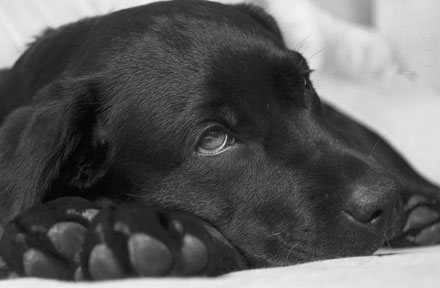
What to Feed a Sick Dog With No Appetite? [2025 Guide]
May 16, 2023
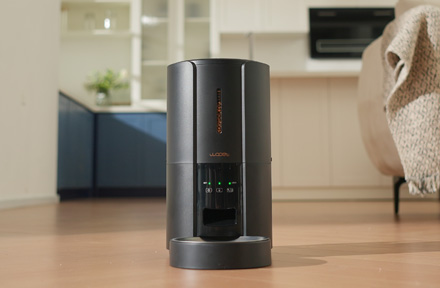
Troubleshooting Common Issues with Automatic Pet Feeders: Tips & Tricks for Pet Owners
Oct 26, 2023
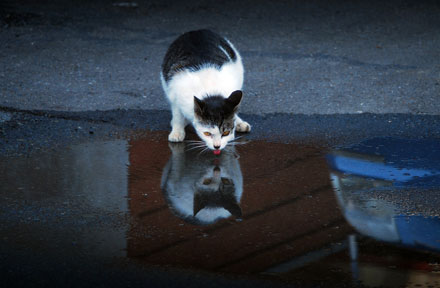
Why Does My Cat Cough After Drinking Water? 8 Potential Reasons
Mar 13, 2023
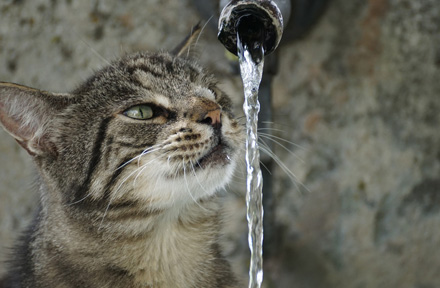
Why is My Cat Throwing up Water? Top 5 Causes Here
Feb 08, 2023

My Cat Only Eats A Little at A Time - What to Do?
Feb 27, 2023
$99.99
$129.99
Copyright © 2025 WOPET. All Rights Reserved.